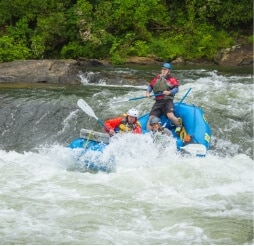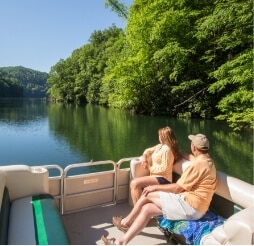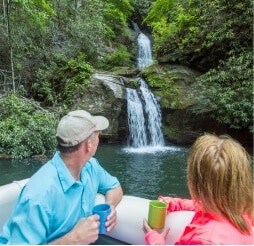We’re going into another season where thousands of folks will come play here in Oconee County, SC. People of all ages and experience levels will be on our lakes and rivers. In an effort to be proactive, we want to stress the need for caution and offer tips for enjoying water destinations in a safe manner.
Every year we hear sad stories about individuals who lost their lives while on the water for what was supposed to be a fun-filled day. Far too many kayakers, stand-up paddle boarders and canoeists aren’t taking the threats associated with paddling seriously enough, which can be dangerous and even deadly.
On the river
Before setting out for a day of kayaking, paddling, or swimming on the Chattooga River, it’s essential to be aware of what to expect. Always check the weather forecast and water conditions beforehand. The Chattooga River is known for its varying water levels and currents, so be prepared for changes in the river’s flow throughout the day.
When kayaking, paddling or canoeing, helmets and life jackets are required. It’s also wise to be on the water with a partner or in a group, especially for less experienced paddlers. Be sure to find a safe place to swim where you’re not going to be swept away by the currant. And whether you’re paddling or swimming, keep in mind that rocks below the surface can scrape you up badly and can cause foot entrapment. Respect the power of the river and never underestimate its force.

On the lake
Are you a novice paddler with less than 100 hour of experience?
- Not surprisingly, data shows that novice paddlers are at a much higher risk of drowning than experienced paddlers.
- Nationwide, nearly 75% of all paddlers who drown had less than 100 hours of experience and nearly 40% had less than 10 hours of experience on the water.
Did you purchase an inexpensive craft from a big box store?
- Overwhelmingly, data shows that fatal incidents involve inexpensive kayaks bought at big box stores.
- Why? Those kayaks tend to be shorter, smaller, less stable and they have fewer safety features.
- When paddle craft are bought at big box stores, they are often bought without interaction with a knowledgeable sales associate who can explain safety gear and safety practices with the buyer.
- You won’t likely have anyone help you match the kind of kayak to your intended paddling environment.
- Inexpensive, big box store kayaks are best suited for small, slow-moving, protected bodies of warm water in good weather.
- If you are in canoe or a sit-inside kayak without a spray skirt, you aren’t likely to be able to self-rescue unless you can make it to shore.
- Sit-on-top kayaks and paddle boards are much easier to self-rescue than un-skirted sit-inside kayaks or canoes.
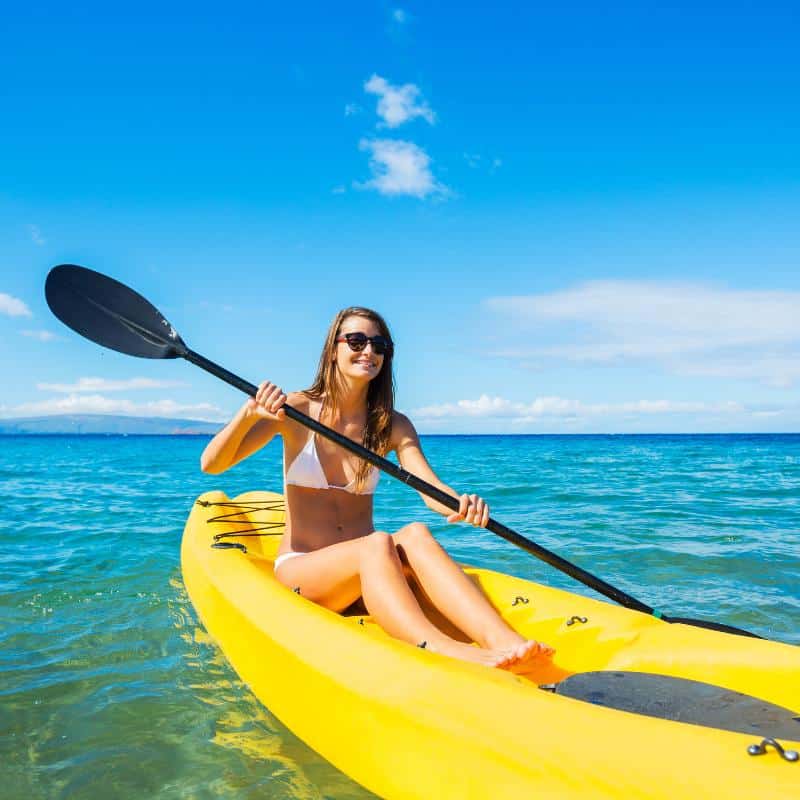
- Shockingly, over 80% of paddlers who lost their lives weren’t wearing a life jacket.
- Most who died not wearing a life jacket considered themselves to be good swimmers.
- Even if you’re a confident swimmer, wearing a life jacket can make all the difference, especially in fast-moving or cold waters.
Are you certain you will not fall overboard or capsize?
- Talk to anyone who has spent time paddling, and they will tell you they’ve capsized or fallen overboard at some point; and usually it’s happened numerous times.
- Being submerged underwater is to be expected during paddle sports activities. Safe and smart paddlers anticipate it will happen to them.
- All paddlers should practice self-rescue (re-righting and re-boarding their vessels) while wearing a life jacket in a safe environment with a buddy nearby.
- Keep in mind: wind, waves, and heavy wet clothing will substantially hinder self-rescue.
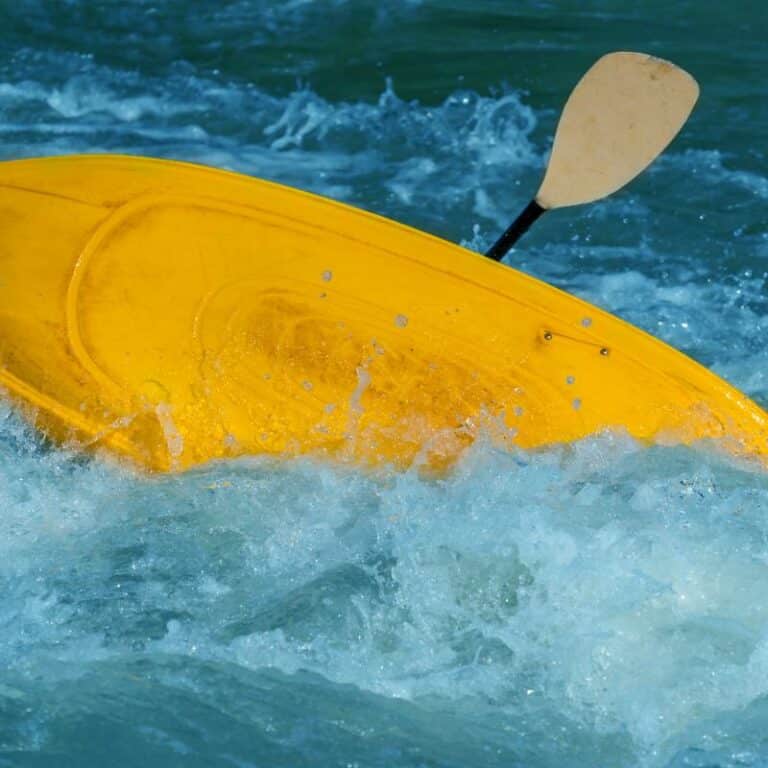
Do you paddle in water temperatures below 60 degrees?
- Cold water can be unforgiving, and life threatening at temperatures below 60 degrees.
- Cold water shock can incapacitate even the strongest swimmer, making it vital to wear appropriate gear and clothing.
- When the human body is in cold water, the clock starts ticking and the colder the water, the faster time runs out for survival.
- When a person hits the water, he/she/they experiences an involuntary gasp reflex. If your head is underwater when you gasp, water gets into the lungs, which can quickly result in drowning.
- Cold water is incapacitating. Muscles in the body don’t work well and you may not be able to self-rescue before time runs out.
- Dry suits and specialty clothing are a must in cold water. In many areas, cold water dangers persist in the spring and summer well beyond when the air temperature becomes warm, pleasant, and inviting for paddlers.
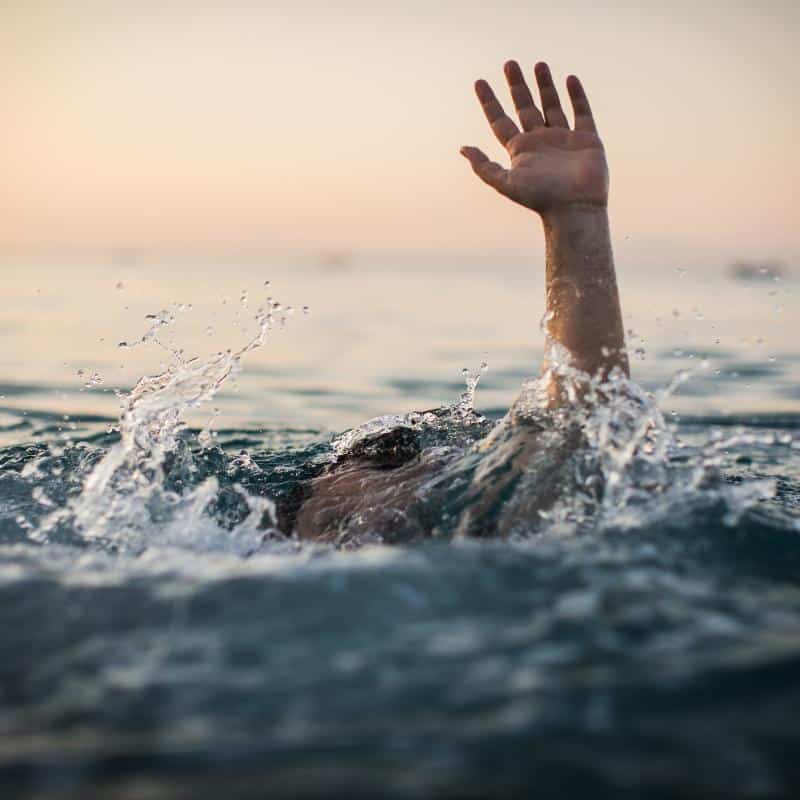
- Most often paddlers who drown were paddling alone.
- If a cell phone is going to be your primary means of communication, it should be on your person and in a waterproof case.
- But will your phone work with wet hands or cold wet hands?
- Personal satellite locator beacons and subscription-based satellite communication devices can be life savers.
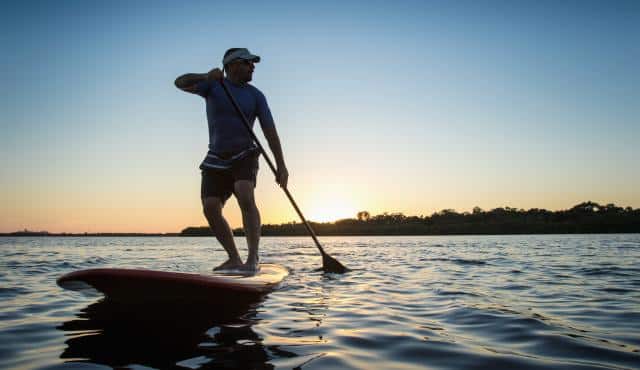
If you found yourself nodding along to any of the above, it’s time to up your safety game. We want everyone coming to enjoy the area to have a great time and get back home safe and sound!
Boater Safety
The following provides valuable insight about boater safety…
This article was on page 70 of the Spring 2024 Lake Living magazine.



